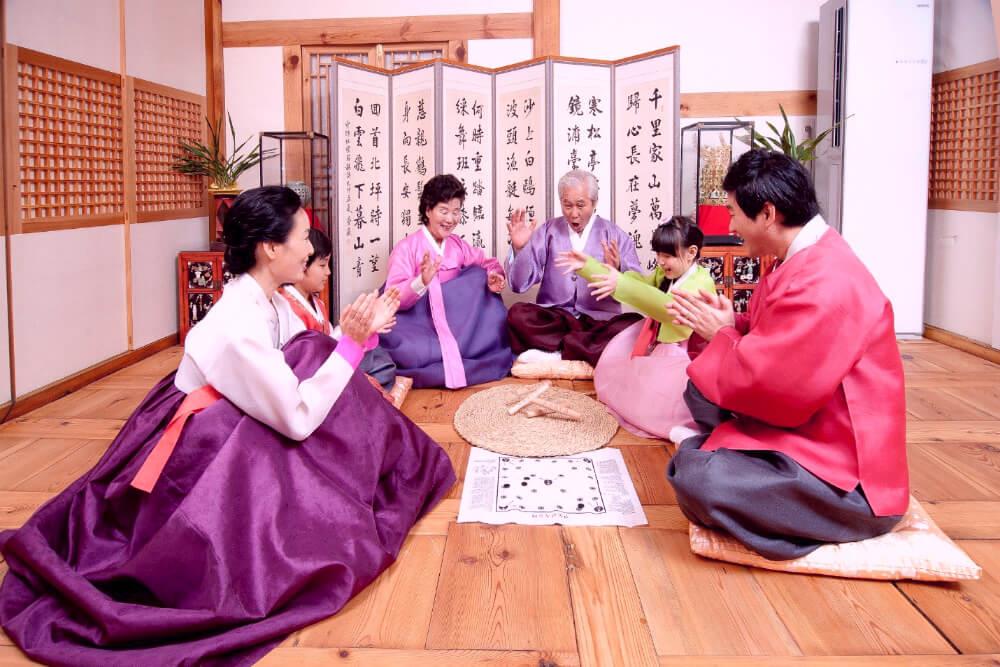

The earliest attestations of the festivals and customs surrounding Seollal are found in the Dongyi section of Volume 30 of the Book of Wei (魏書 東夷傳), of the contempotary Chinese historical work called the Records of the Three Kingdoms (三國志). Literal translationĬelebratory banners in Seoul Adaptation to the Chinese calendar While Korean New Year is generally referred to as Seollal, it has been called by many other names. Gregorian new year on 1 January), also known as Sinjeong ( 신정 新正).

'Seollal' may also refer to Yangnyeok Seollal (Korean: 양력 설날 Hanja: 陽曆설날 lit. "solar new year" i.e. 'Seollal' generally refers to Eumnyeok Seollal ( Korean: 음력 설날 Hanja: 陰曆설날 lit. "lunar new year", also known as 'Gujeong' (Korean: 구정 Hanja: 舊正)). In such a case, the New Year falls on the third new moon after the solstice. Seollal generally occurs in January or February on the second new moon after the winter solstice, unless there is an intercalary eleventh or twelfth month in the lead-up to the New Year. One of the most well known practices in the current day is receiving money from their elders after performing a formal bow, a tradition likely adopted from Confucian customs. China and Japan use different terms for their respective new years, such as 正月 or 元日, which are derived from Classical Chinese.ĭuring this time, many Koreans would visit their family, perform ancestral rites, wear the hanbok (한복, 韓服) / Chosŏn-ot (조선옷, 朝鮮옷), eat traditional food and play traditional folk games. The Korean lunisolar calendar, like most other East Asian calendars such as that of Japan, Mongolia, Vietnam, among others, are all derived from historical variants of Chinese ones such as the Shixian calendar of the Ming dynasty. The Hanja term won-il (月日) is used, when referring to the date of the lunar new year of the Korean calendar itself. Nal 날 means day in Korean, derived from Old Korean *NAl. The modern Korean word for "age" – sal is derived from the same origin as seol. Seol (설) itself, written as (설) in Middle Korean in Hangul, means "year of age" since it's also the date when Koreans grow a year older. It is one of the most important traditional holidays for ethnic Koreans, being celebrated in both North Korea and South Korea as well as Korean diaspora all around the world.

Seollal ( Korean: 설날 RR: Seollal MR: Sŏllal) is a traditional festival and national holiday commemorating the first day of the lunisolar calendar.


 0 kommentar(er)
0 kommentar(er)
